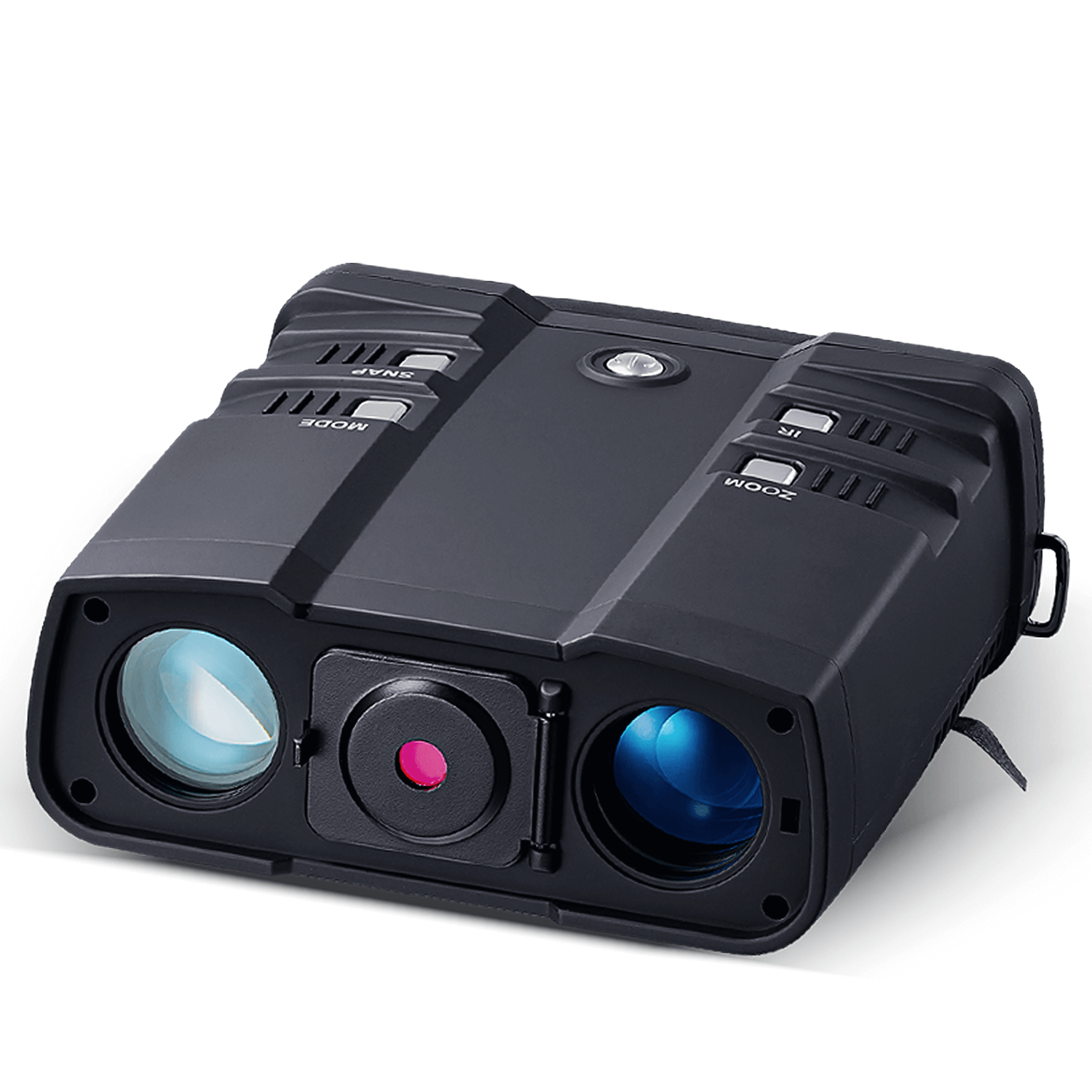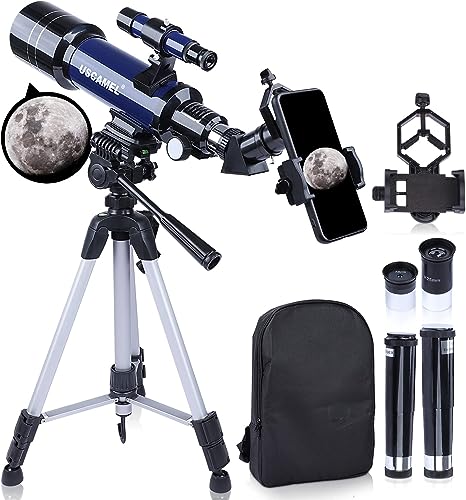A refracting telescope, also known as a refractor, bends light using a lens system to bring it to a focus. The first refractor was created by Dutch eyeglass-maker Hans Lipperhey in 1608, which magnified objects by three times. Italian inventor Galileo Galilei was the first to use a refractor to study celestial objects, which led to a revolution in astronomy.
When researching refractors, you may come across the terms "achromat" and "apochromat". An achromat lens system consists of two pieces of glass and brings all colors of light to the same focus. An apochromatic lens system, on the other hand, combines up to four pieces of glass and is considered the top-of-the-line.
Refractors were the most popular type of telescope until the 1960s, but their sales decreased as manufacturers started making larger scopes of different designs. However, the overall quality of refractors has improved significantly, and better lenses have made shorter tubes possible. Additionally, lighter materials have made smaller models more portable, which makes it easier to bring them along to your preferred viewing location. This also makes it more convenient to quickly set up your scope in your backyard for a quick glimpse of the Moon or Jupiter.




